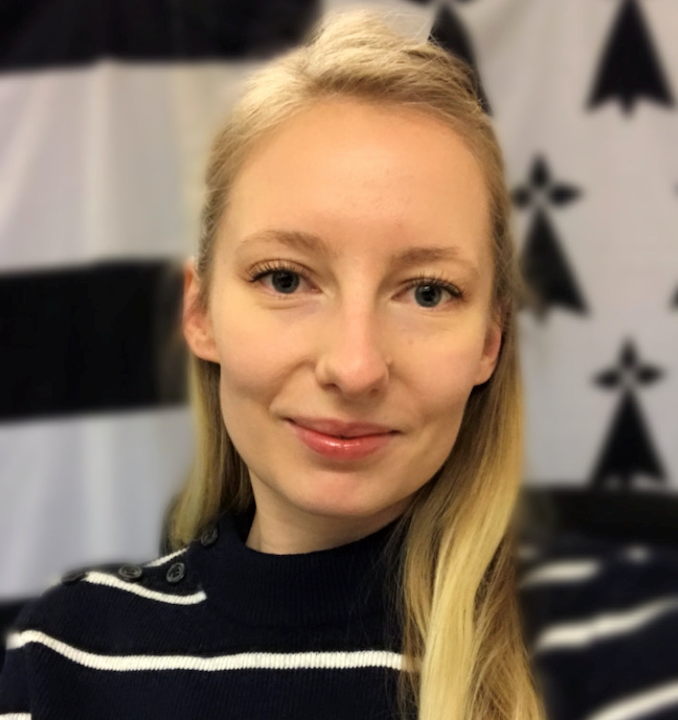Investigating Cu isotope fractionation as a tracer for seafloor mineral deposit formation using hydrothermal experiments
PhD-prosjekt: Apolline Samin
Hovedinnhold
Prosjekttittel
Investigating Cu isotope fractionation as a tracer for seafloor mineral deposit formation using hydrothermal experiments
Veiledere
Desiree Roerdink, Eoghan Reeves
Prosjektbeskrivelse
As a PhD candidate, I am following the subject « Investigating Cu isotope fractionation as a tracer for seafloor mineral deposit formation using hydrothermal experiments ». Basically, I am trying to understand how copper ores form on the seafloor, using copper isotope and tracing copper isotope fractionation, recreating hydrothermal system conditions in the lab. I am also looking at natural samples (rocks and fluids) from a variety of locations to better understand the origins of the metal content variations and how the geochemical composition of the fluids can impact the ore forming processes.
The increasing demand for metal resources due to the growth of global population has contributed to the expansion of interests in seafloor ore exploitation. Most of the extraction of metals occurs onshore and investigating the potential of the seafloor is of great interest for some countries to become independent from imports. With recent progresses in multi-collector inductively-coupled plasma mass spectrometry, isotopic ratio changes have been used as tracers to evaluate the environmental conditions and processes occurring on and below the seafloor, both rocks and fluids. Copper shows a strong potential as tracers for ore-forming processes as it records significant variations in isotope ratios (δ65Cu) in hydrothermal sulfides, even though the mechanisms leading to fractionation in these systems are poorly understood.
Under controlled settings to simulate hydrothermal conditions, this project aims to quantify experimentally Cu isotope fractionation during different processes. Using both fluids and rocks, we expect to provide a fundamental background for the interpretation of copper isotope ratios measured in hydrothermal deposits, and enhance our understanding of sub-seafloor processes, to finally create a model to depict the formation of mineral resources on the seafloor.
